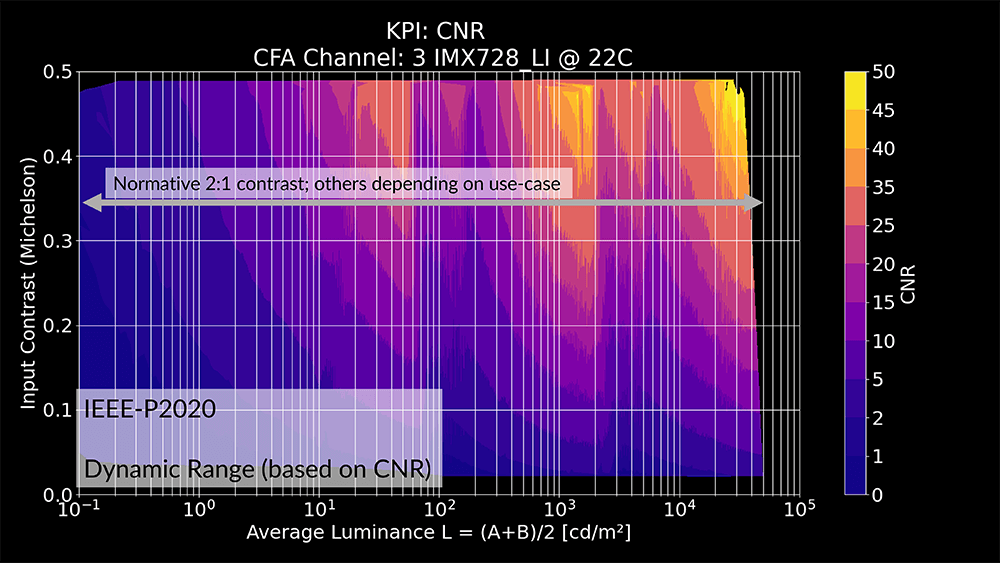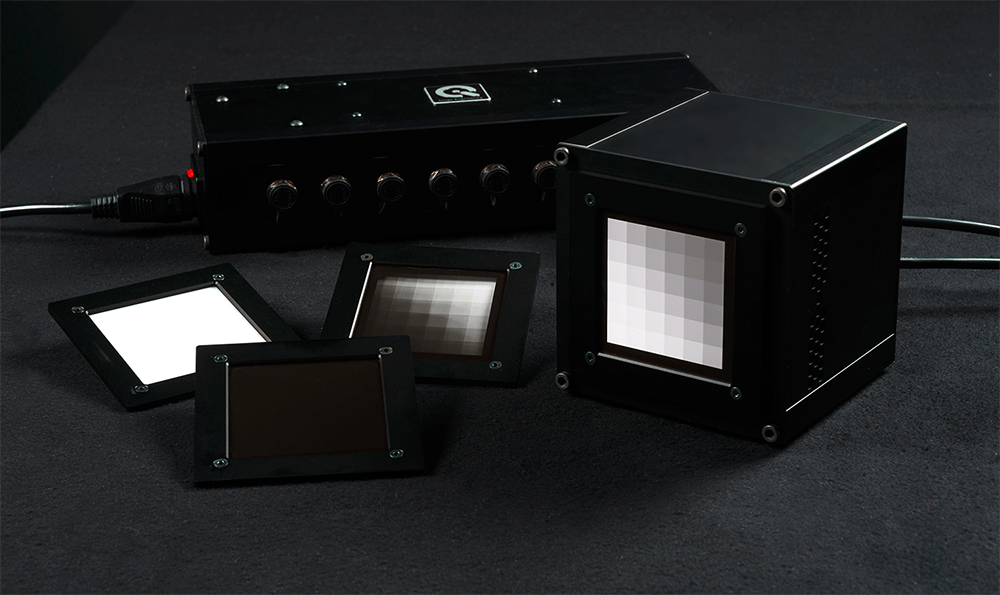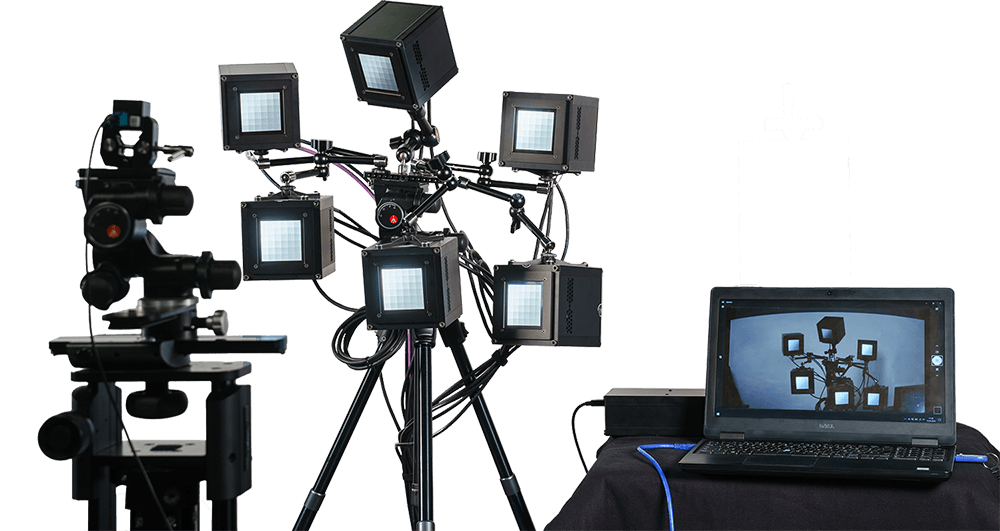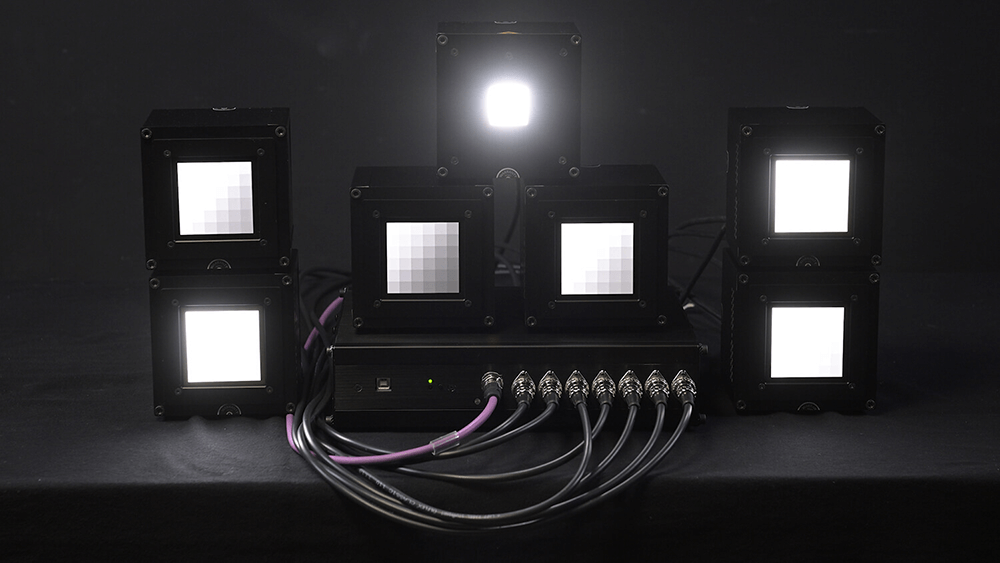Introduction
Manufacturers of advanced driver assistance systems (ADAS) face many challenges when developing applications for consumer use. These systems aim to assist the driver with split-second decisions to improve occupant safety, with the ultimate goal of developing fully autonomous vehicles.
Due to the safety requirements, it became apparent that an international standard was required to establish metrics and test methods that ADAS applications should pass before being deemed safe for consumers. IEEE-P2020 is the first internationally recognized standard for assessing the image quality performance of ADAS applications. This standard outlines crucial metrics and test methods manufacturers can use to learn how their systems perform in automotive environments.
Measuring Dynamic Range
One of the key metrics of the IEEE-P2020 standard is dynamic range. An ADAS application will experience a vast dynamic range in a typical driving environment, from dark, low-light scenes at night to direct bright sunlight on a sunny day. For these applications to have more autonomy, they must be able to detect objects and make safety adjustments in extreme lighting conditions.
Contrast-to-noise ratio (CNR)
IEEE-P2020 uses the contrast-to-noise ratio (CNR) to determine a camera's ability to capture the maximum luminance (dynamic) range in a single image. In other words, what are the brightest and darkest levels of the scene in which the camera can still properly function? CNR differs from traditional SNR (signal-to-noise ratio) by considering potential flare or other disturbing factors often prevalent in automotive scenes.
Dynamic range is the ratio of the highest and the lowest luminance in the scene that can be reproduced. While the maximum is limited by saturation, the lowest is typically defined as the luminance that leads to a signal-to-noise ratio (SNR) of 1. As the SNR can be influenced by flare and artifacts created by HDR rendering, IEEE-P2020 decided to use contrast-to-noise (CNR) ratio instead. The CNR places the contrast between two patches in the context of the average noise in these patches. So, reducing the contrast will also lessen the CNR (the same effect would increase the SNR). The contrast used for CNR can be chosen freely, but IEEE-P2020 defines 2:1 as the default.

Note: When performing the measurements with VLS for CTA, CNR can also be evaluated for different contrasts.
Testing dynamic range according to P2020 in a test lab
ADAS application manufacturers often rely on real-world tests to calibrate and characterize their systems. However, relying on real-world tests means operating in varying weather conditions and other unforeseen environmental factors. As a result, it is often difficult to repeat the tests under the same conditions, which can lead to developmental delays. The IEEE-P2020 standard outlines test methods that can be used in a test lab. At Image Engineering, we have used the standard to develop test devices that align with the methods from the standard, including dynamic range.
Creating a dynamic range test scene
Over the last few years, our test lab engineers (many of whom assisted in creating the P2020 standard) have experimented with various test setups and products that would create a dynamic scene similar to those experienced by ADAS applications. We use Vega, a DC (direct current) light source, to test the dynamic range metric and specifically designed grayscale targets to measure the camera's ability to capture different illumination levels. With Vega, you can perform spatial and temporal recordings per the P2020 standard to get an overview performance review. In addition, Vega also has flicker capabilities, which is another essential metric outlined in the standard.


We also offer the VLS (Versatile Light System), which combines multiple Vegas to create an even more dynamic scene. Up to seven Vega's can be controlled with a single control box. The VLS also includes evaluation software that can generate heat maps to show the system's CNR performance.
Generating bright sunlight
Simulating bright sunlight is one of the more difficult aspects of testing ADAS applications in a test lab. This factor is critical as direct sunlight will play a massive role in the environment where these applications are expected to operate. While Vega is a powerful light source and can generate very high-intensity levels, it still cannot consistently match the requirements of bright sunlight. Enter Arcturus, our sun simulator light source for high-intensity measurements. Arcturus is based on the same principles as Vega but now has a maximum illuminance of up to 1 Mcd/m².

In addition, Arcturus has extremely high stability and consistency, allowing you to change intensity over a wide range at a constant spectrum. Combined with other Vega devices, you can build a real-world, quantifiable ADAS test scene in the comfort of a test lab instead of relying on outdoor testing.
Contact our sales team for a test lab consultation or other details regarding IEEE-P2020 test equipment.

